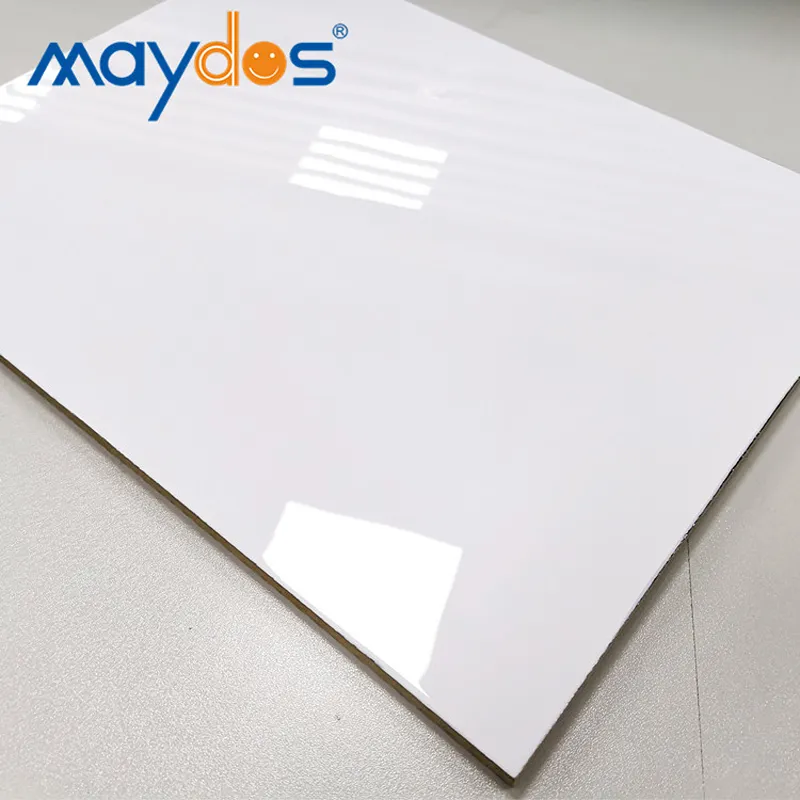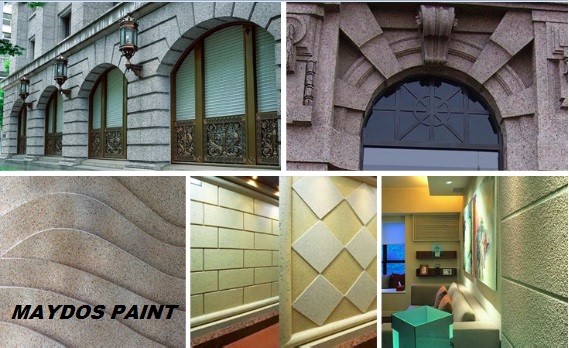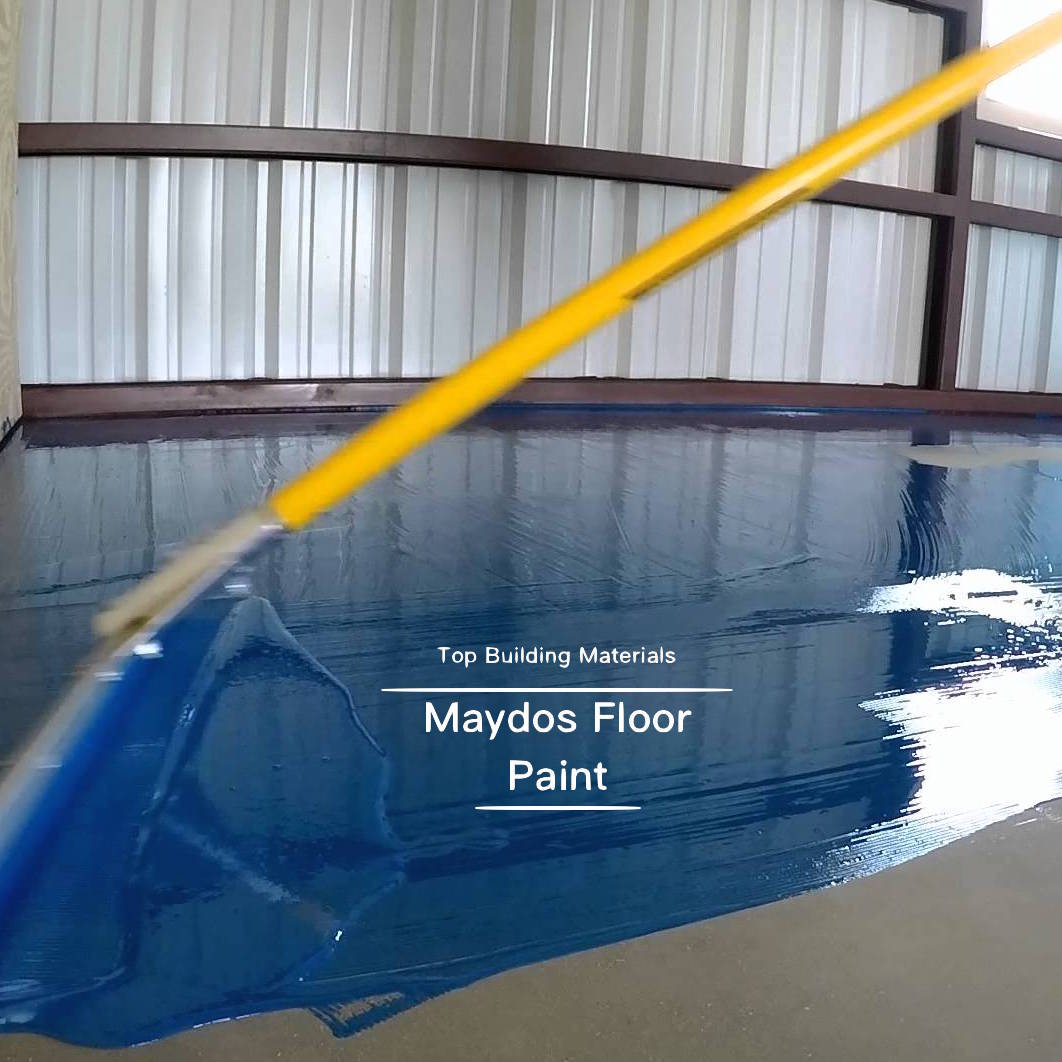Paint Factory
The paint Factory uses innovative technology to produce a high quality product. This includes a unique fishbowl system in which each of the 60 tanks contains a different additive.
This includes dyes and pigments, binders, fillers and other miscellaneous ingredients. These additives can make paint tougher, give it a fine texture or impart special properties.
Paints & Coatings
Paints and coatings are indispensable industrial products that beautify and protect surfaces. Without them, homes and buildings would look dull and industrial equipment would be brittle. They are used to paint surfaces such as wood, metal and masonry and provide the vital finishing touches for many products and structures.
Managers must carefully select paints and coatings to ensure they are appropriate for the application. They must consider the product’s ingredients and composition, such as what types of pigments and binders are used, its viscosity and color intensity, and its water-permeability. They must also take into account its application method and environmental conditions, such as the presence of humidity and temperature.
Among the most important considerations is cost. In general, higher-quality paints and coatings are more expensive than lower-cost alternatives. This is because higher-quality products use more expensive components and contain more solids. They are also more resistant to mildew, peeling and cracking.
The best way to choose the right type of paint and coating is to consult a professional. Experts can provide recommendations based on the industry and environment in which the paint or coating will be used. They can also suggest the proper surface preparation and finishing techniques.
Another resource for painters and coatings manufacturers is the Paints and Coatings Resource Center (PCRC). This website provides regulatory and pollution prevention information to businesses involved in painting and coatings. It contains tools and references that are useful to both veteran environmental managers looking for a specific answer and newcomers who want to understand the basics of regulatory issues. These include VOC/HAP calculators, a Treatment, Storage and Disposal (TSD) Facility Locator, Ask the Expert, a searchable consultant directory, hot topics and news features.
In addition to providing regulatory and pollution prevention information, PCRC offers services such as laboratory testing and training courses. These services can help managers reduce VOC emissions, minimize exposure to toxic solvents and improve processing efficiencies. One such service is pigging, which can help paints and coatings companies increase yields, cut waste, reduce changeover times and decrease contamination risks by recovering liquid product from pipelines during production.
Paint Ingredients
Paint is more than just the color on your home’s walls or the color of your car, it is a material that goes on as a liquid and dries by a number of chemical processes into a solid. Paint consists of three main ingredients: pigments to provide color and hiding power, extenders for the consistency, and binders to hold the powder particles together to form the dry film on the surface being painted.
A paint factory produces all of these paint ingredients to produce a variety of different paints. The type of paint being produced determines which ingredients are used. There are five different types of paint – acrylic, latex, alkyd, epoxy, and polyurethane. The different types of paint have different uses and require specific ingredients to perform those functions – for example, polyurethane paint is a two-part coating that cures by a chemical reaction.
The pigments used in paint are grouped into categories based on their ability to hide and control gloss. The first group of pigments is called prime pigments, and it consists of titanium dioxide, chrome green oxide, yellow iron oxide and red iron oxide. These pigments are able to absorb all colors of light, except blue and violet. The second group of pigments, called extender pigments, are softer, more general purpose pigments that help the paint spread smoothly and thicken up as it dries. The extenders include talc (magnesium silicate), barytes and mica.
In addition to the pigments, the paint contains a solvent, also known as the vehicle, to carry the binder and pigments through the paint process to the surface being painted. The type of solvent used depends on the type of paint being made. Water is the main diluent for water-borne paints, and volatile low molecular weight organic solvents such as aliphatics, aromatics, alcohols and ketones are commonly used in oil-based paints.
The paint is then blended, mixed for a period of time and tested to ensure that it meets the required properties for its intended use. It is then packaged in cans, ranging from four-pack gallons to nine-pack quarts. The cans are bundled and then sealed with a label for quality assurance, tracking and shipping purposes.
Painting Techniques
Painting is an art form and there are many different techniques that artists use. Some of these techniques are used to create specific effects or styles of paintings. Others are used to create certain types of paintings, such as landscapes or portraits. Having a good understanding of basic painting techniques will help you to improve your artwork and achieve the desired results.
Before paint production begins each individual colour is tested in the laboratory. This is to ensure that the paint meets all the required standards for colour consistency and stability. Once the laboratory tests are complete the paint is sent through to the production process. This starts with pre-mixing, where the pigments are dispersed to ensure that they are evenly spread throughout the binder. Next the pigments are ground to the final fineness in a triple roll mill. This is important as the finer the pigments are the closer together they will be and the more easily they will oxidize, giving the paint a duller appearance.
The paint is then transferred to the filling line where it is filled into cans. Dunn-Edwards has an automated filling line that can package up to 100,000 gallons per day. The cans are then labelled and sealed. The entire process is designed to ensure the highest quality product for the customer.
Once the paint is ready for use, it is stored in a dedicated warehouse. The warehouse is climate controlled to ensure the paint is protected from extreme temperatures and humidity. The warehouse also helps to reduce the possibility of the paint becoming contaminated with airborne contaminants.
During the painting process, the painter must be aware of the type of surface they are working on. Oil paints must be cured before they can be applied to canvas, while water-based paints can be used on most surfaces.
The artist should also be aware of the effect that various brushstrokes can have on a painting. For example, dry brushing involves applying small amounts of paint with a brush that is mostly dry. This gives the painting a textured appearance that is especially effective when creating landscapes and trees. It can also be useful when trying to capture the texture of stone walls and grasses. Another technique that can be useful is sgraffito, which involves scratching through the wet paint to reveal the underpainting.
Paint Storage
Paint is a flammable material that must be stored in an appropriate space. The Occupational Safety and Health Administration has set specific guidelines for storage that must be followed. These standards are designed to prevent fires and other hazards, as well as keep workers safe while they work with flammable materials.
Most paint is used in residential settings, but industrial painting requires a special facility to store the liquid and powdered materials. These facilities must be able to hold large quantities of paint and have access to fire equipment. In addition, they must be able to handle any chemicals that might react with water and create toxic fumes. These facilities are often called “hazmat” storage spaces.
A typical paint factory is a large industrial building that houses mixing, storage and canning areas. Liquid materials arrive in tanks and are combined with a process called a “letting down.” Once the mill base is mixed with the resins and solvents, the product is ready to be canned.
This is the final step before the paint is sent to retailers or consumers. Generally, twin samples are taken from the batch and one is kept for reference while the other is inspected to ensure quality control. If the sample does not pass inspection, the whole batch is cast out.
When storing leftover paint, the can must be closed tightly and the container should be sealed. The amount of air in the can can affect its longevity, so ensuring that there is little to no air in the can can help increase the shelf life of the paint. The container should also be clear to prevent sunlight exposure, and it should be kept in a cool location away from heat sources.
If you are looking for a place to store your paint, the best choice is a garage or basement that is well insulated and does not experience drastic temperature changes. For optimal storage conditions, paints should be stored at a temperature between 60 and 80 degrees Fahrenheit (15-27 Celsius). For long term storage of flammable materials, U.S Hazmat Rentals has steel rated storage buildings that can handle large volumes of flammable materials.




















